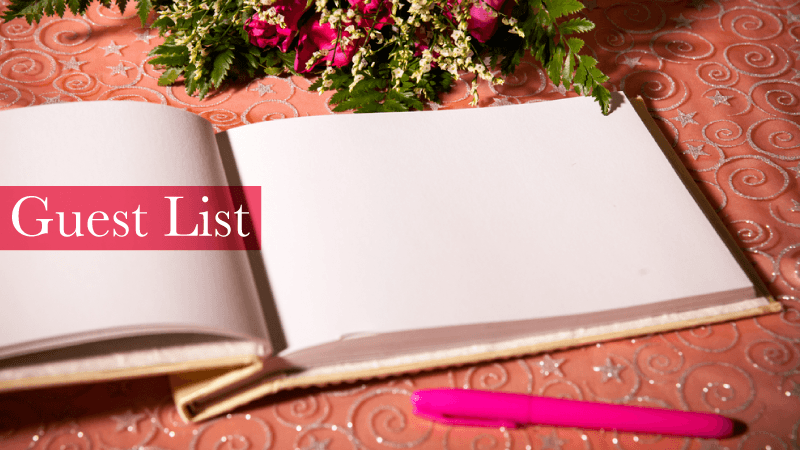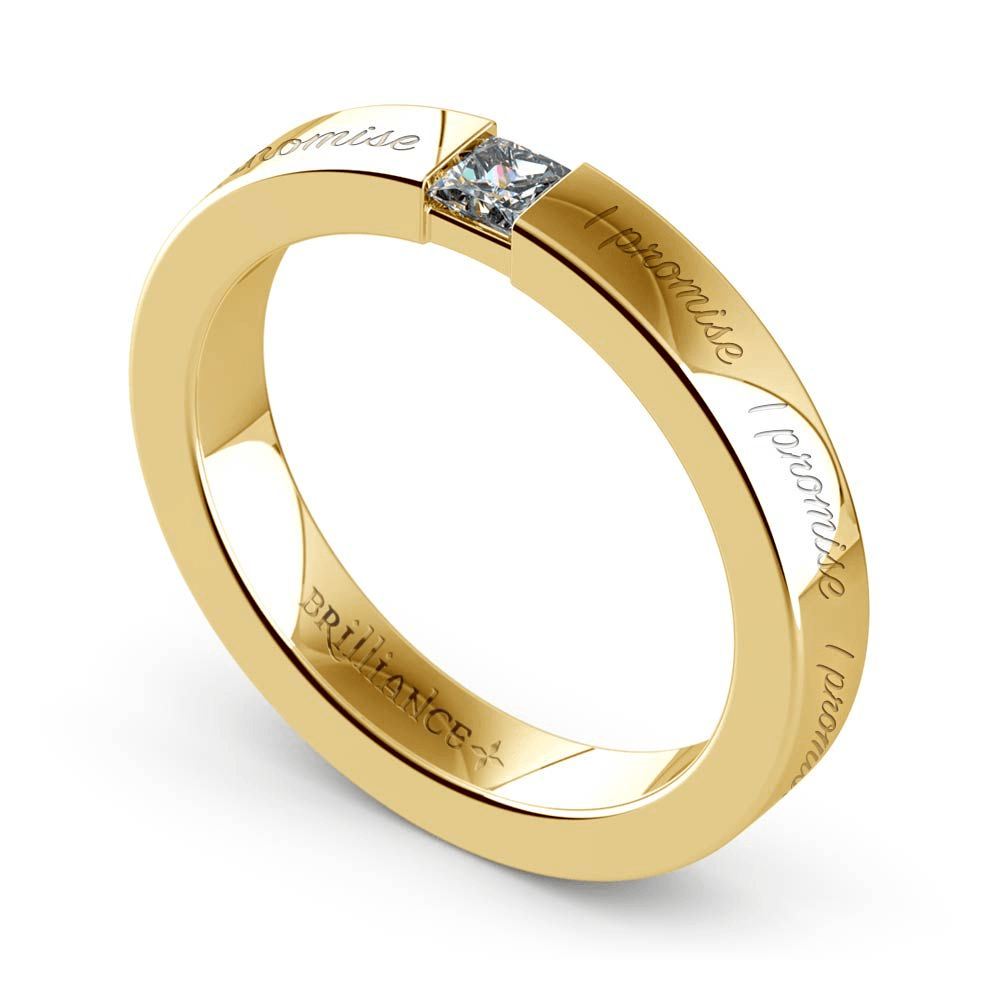Enthusiasts

How Engagement Ring Shopping Is Changing, According to 3 Indie Jewelry Designers
VogueNot so long ago, choosing an engagement ring required just a few questions: princess or emerald cut? White gold or yellow? And more often than not, it was the groom making those choices. Not only are many couples choosing their rings together, but they often split the cost, too. That said, millennials are getting married later, and according to a recent report, we also aren’t spending as much money on rings. Couples in 2016 might not have a lot of extra cash, but it’s also indicative of shifting styles and preferences. Some women are buying smaller, less expensive diamonds; some are going the vintage or secondhand route (eBay’s ring market is up 58 percent); and some are choosing gemstones or plain bands instead. With the holidays (and proposal season) around the corner, you’re bound to see all of the above on your friends’ Instagram feeds. So how did these shifts happen? Are they a result of our parents’ generation and its high divorce rates? Maybe we’re doing away with their marital traditions in the hopes that our marriages will be different. Or maybe diamonds are just becoming predictable and “mass”; whether you get your ring at a local jewelry store or the mall, it’s safe to assume that another woman has the same one. In 2016, that isn’t cool; millennials want everything they buy to feel special, and for a brand’s vibe to match up with their own. We’re no longer just buying things—we’re buying into a story, too. It also seems like women are simply more comfortable with their own style. The coolest engaged or married women I know never dreamed of a giant, impressive solitaire; their rings are personal, unique, and unexpected. “I think there’s less pressure to have a showy ring now,” Jess Revesz, the founder of Los Angeles–based jewelry line J.Hannah, says. “Now, the ring is more of an extension of someone’s personal style, and sometimes that means intentionally opting out of ‘bling.’ I love that women feel more empowered to go against the traditional jewelry store [mold] and find something that speaks to them on a personal level. It feels like a feminist choice.” Revezs’s work is minimal with hints of vintage inspired by her own grandmother’s jewelry collection, and she says lots of brides have purchased her non-engagement rings for their big day, like the Form II ring or her new Demi Signet. Other brides reach out to Revezs for bespoke rings, usually after seeing her work on Instagram. “Custom feels more special than just walking into a store and picking something,” Revezs explains. “Generally speaking, a lot of people now want something that walks the line between vintage and modern. It’s not so much about a big diamond anymore—they want quality over size, or a unique shape, like a rose cut. And a lot of people are ditching diamonds all together. I made a really beautiful ring with alexandrite, which is a color-change stone that is greenish blue in the daylight and purple in incandescent light. [Engagement rings] aren’t one size fits all anymore.” Like Revezs, Azlee designer Baylee Zwart’s pieces are minimal, but in a different way: They’re sleek, geometric, and ultralight. Grooms (or brides, or couples) come to her for something sharp and modern, like her Eclipse ring or shield-cut ring. “I specialize in rare and alternative cuts and shapes, so our customers know there won’t be limitations,” Zwart says. “People are yearning for something different. They want something that feels ‘fashion’ and relevant, but also timeless—not basic, boring, or predictable. They come to us for a ring that’s unusual but still clean and sleek so it won’t go out of style.” Another reason couples choose Azlee: A percentage of every sale is donated to ocean-related causes. “Knowing their ring is made ethically [and for a cause] is very comforting to them,” she says. On a similar note, Bario Neal designers Anna Bario and Page Neal have attracted a cult following for their unique, delicate designs and their rigorous ethical standards. They’ve searched high and low for mines and suppliers who can prove their diamonds, metals, and gemstones have been sourced sustainably—and are completely traceable from mine to market. “I think people really want to know where their jewelry is coming from,” Neal says. “People really like that we go and search for stones for their custom pieces,” she continues. “We look for stones that are different and interesting, and come back to discuss their options.” That said, it isn’t easy to find stones that meet their criteria. Gemstones are becoming a popular choice for brides-to-be, but they’re very difficult to source, particularly emeralds. “We’ve spent a long time looking for an emerald source we felt good about,” Bario says. “We found some a few years ago and have been trying to figure out what to do with them. They’re from the Zambian mining collective, which reinvests in its community.” After playing with a few ring settings and earrings, one of the final results is a stunning yellow-gold ring with a single emerald flipped upside down. It would make a groovy engagement ring, with a story to match.
The post How Engagement Ring Shopping Is Changing, According to 3 Indie Jewelry Designers appeared first on Vogue.
























